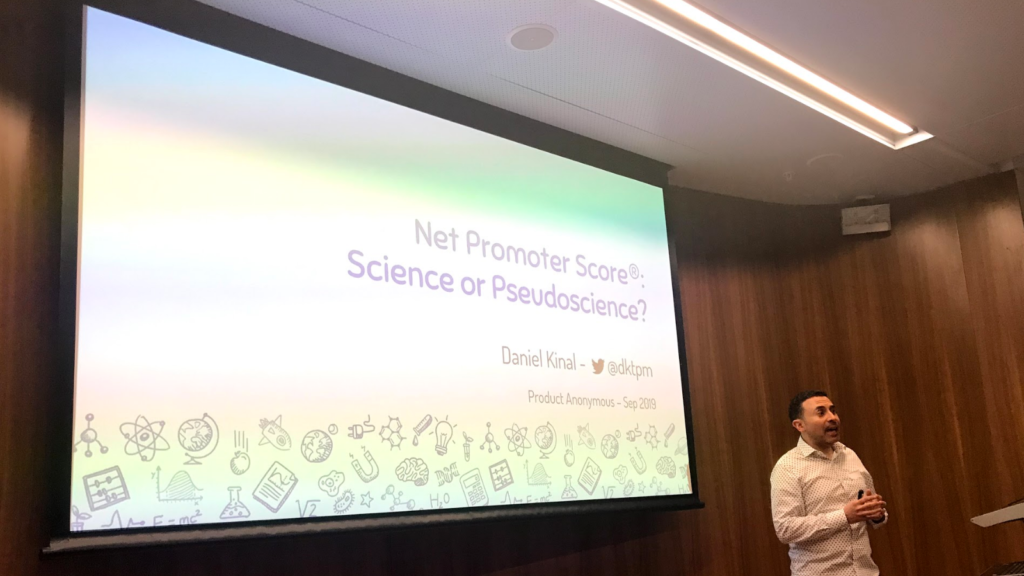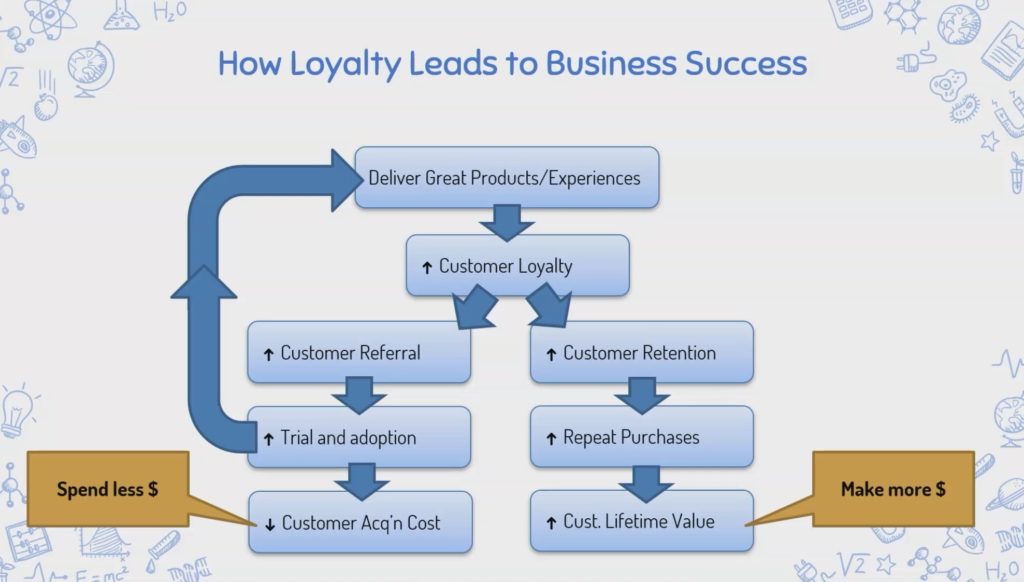Lately ‘outcome, not outputs’ is the subject of lots of conversation within product & agile circles. How do you know what those outcomes should be and what will truly support your customers?
RSVP for ProdAnon’s November session on Thursday November 21st to find out.
No single methodology will help you create the perfect product, but you can increase your odds by understanding people’s deep, messy thinking and reasons for doing things. Mental Models gives you the tools to uncover and design for those reasons.
Developed by Indi Young, this framework helps you curb assumptions & cognitive bias through a bottom-up approach to data analysis. With less bias and greater clarity of opportunities, this approach will help you more closely align design possibilities to your customer’s needs and your organisation’s capabilities.
Our speaker, Tafida Negm will walk us through some of the important concepts within Mental Models after introducing what it is and why you should incorporate it into your toolkit. There will be a few activities to aid you in having a go and gaining some confidence in trying it yourself when you get back to the office.
About the Speaker
Tafida Negm is an independent Human-Centred Researcher and Designer coming from a Marketing and Psychology background. As a consultant, she has gained a wide variety of experience across for purpose and commercial contexts helping lead teams from discovery through to launch. Witnessing the value research has delivered in shaping products and services, she has been on a mission to continually hone her research skills. Having spent the past year learning from Indi Young she is passionate about spreading her love of problem space research.
RSVP now. Doors open at 6:00 pm. Talk starts 6:30 pm



